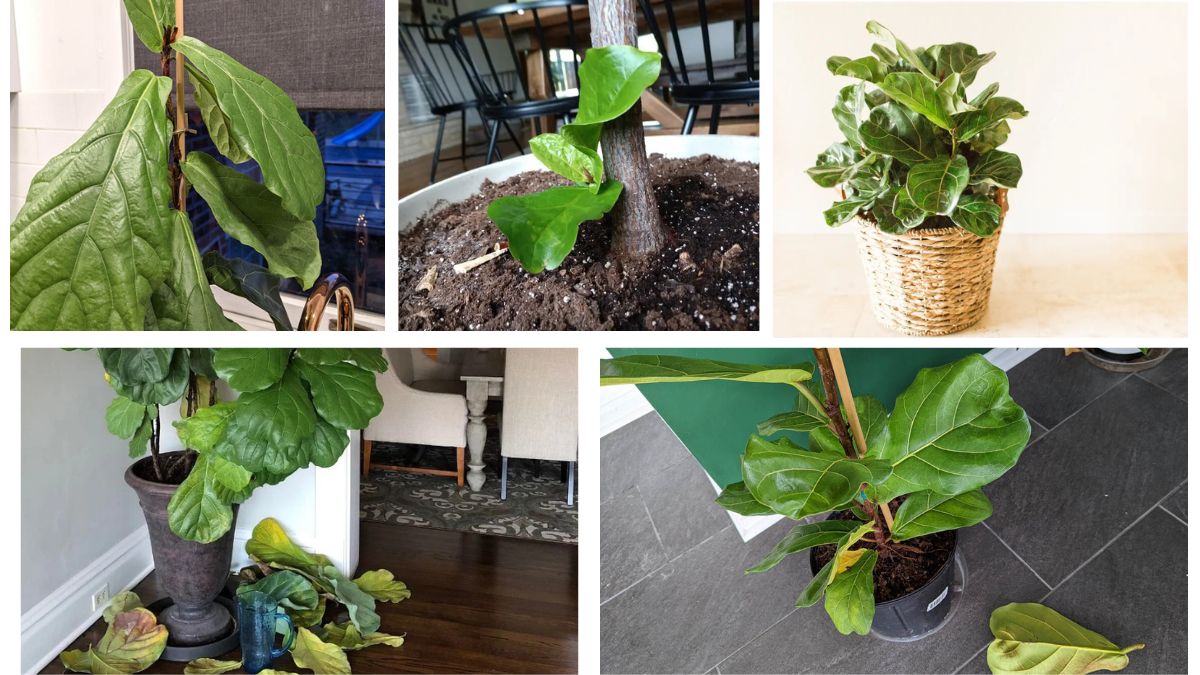The fiddle leaf fig (Ficus lyrata) has become one of the most sought-after indoor plants in recent years, adored for its large, violin-shaped leaves and bold, architectural form. Yet, while these plants are undeniably striking, they have a reputation for being somewhat finicky, particularly prone to dropping their leaves — often causing distress to well-meaning plant owners.
If you’ve found yourself wondering why your once-thriving fiddle leaf fig is shedding its leaves, you’re not alone. Understanding the causes behind leaf drop and how to address them is key to keeping this beautiful houseplant healthy and vibrant. In this article, we’ll explore the various factors that lead to fiddle leaf fig leaf drop, how to prevent it, and how to nurse your plant back to good health.
Understanding the Fiddle Leaf Fig’s Nature
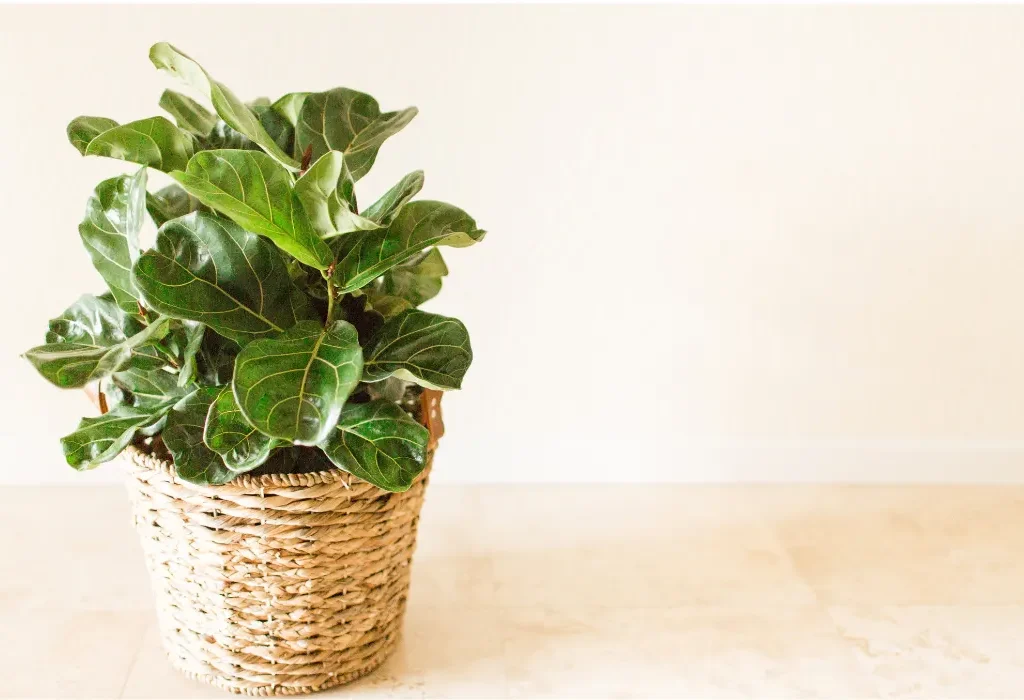
Native to the tropical rainforests of West Africa, fiddle leaf figs naturally grow in warm, humid environments with indirect sunlight and consistent rainfall. As houseplants, they can be sensitive to environmental changes and improper care. Leaf drop is often the plant’s way of signaling stress, making it essential to identify and correct the underlying issue before it worsens.
Common Causes of Fiddle Leaf Fig Leaf Drop
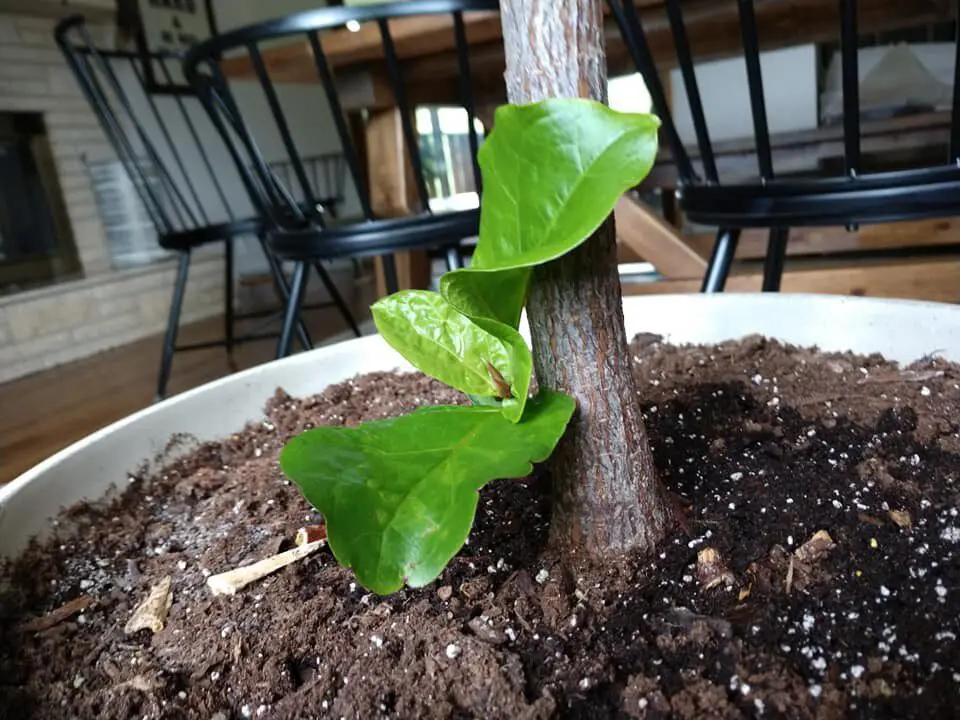
Let’s break down the most frequent reasons behind fiddle leaf fig leaf loss and how to address each one.
1. Overwatering
Overwatering is the number one cause of leaf drop in fiddle leaf figs. These plants dislike sitting in soggy soil and are highly susceptible to root rot, which cuts off the plant’s access to nutrients and oxygen.
Signs of Overwatering:
- Yellowing leaves before dropping
- Soft, mushy stems or roots
- Musty-smelling soil
Solution:
- Allow the top 2–3 inches of soil to dry out before watering.
- Ensure the pot has proper drainage holes.
- Use a well-draining potting mix, ideally with added perlite or orchid bark.
- If root rot is suspected, remove the plant from its pot, trim away affected roots, and repot in fresh soil.
2. Underwatering
On the flip side, underwatering can also cause fiddle leaf figs to shed their leaves. Without enough moisture, the plant conserves energy by dropping older leaves.
Signs of Underwatering:
- Crispy, dry, or curling leaves
- Brown edges on leaves
- Soil pulling away from the pot’s edges
Solution:
- Water thoroughly when the top 2 inches of soil feel dry.
- Water until it runs through the bottom drainage holes.
- Increase humidity using a pebble tray or room humidifier, especially in dry climates or heated indoor spaces.
3. Inconsistent Watering Habits
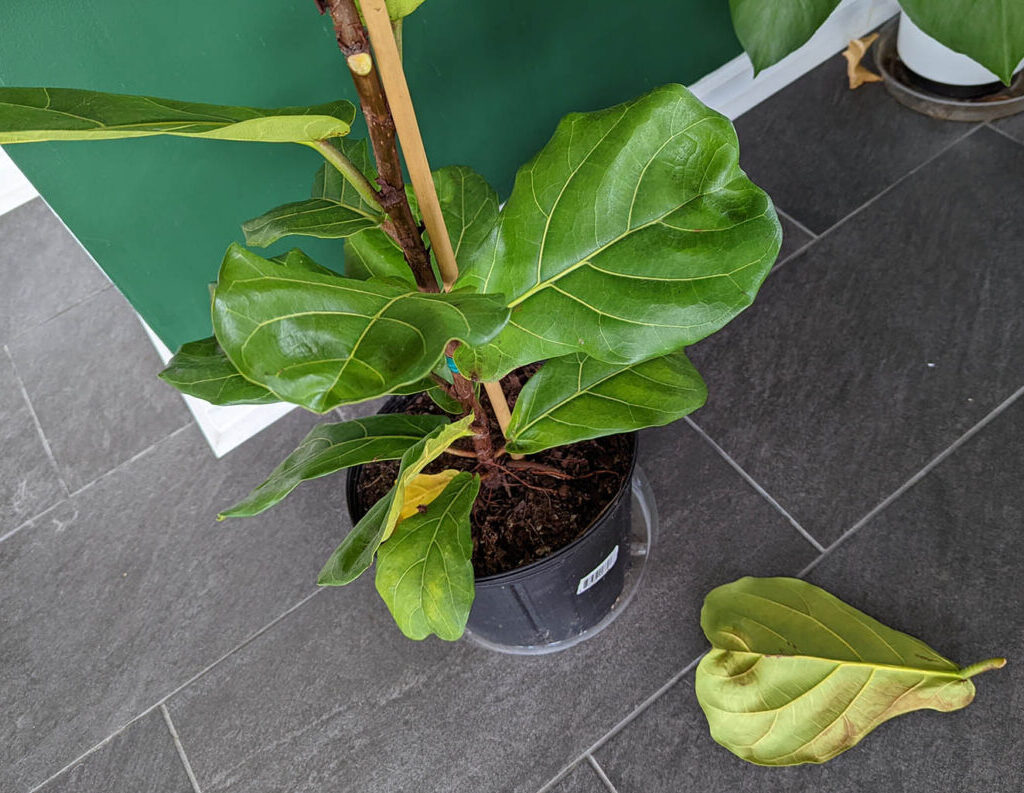
Inconsistent watering — alternating between too wet and too dry — can shock the plant and cause leaf loss. Fiddle leaf figs prefer a steady watering schedule and consistent soil moisture.
Solution:
- Establish a regular watering routine.
- Check soil moisture weekly and adjust based on the season and indoor conditions.
4. Low Light Conditions
Fiddle leaf figs thrive in bright, indirect sunlight. Insufficient light causes the plant to drop leaves as it struggles to photosynthesize efficiently.
Signs of Low Light Stress:
- Slow or halted growth
- Drooping leaves
- Leaf drop, especially of lower leaves
Solution:
- Place the plant near a bright, south- or east-facing window.
- Avoid direct sun that can scorch leaves.
- Use a grow light during dark winter months or in dimly lit spaces.
5. Sudden Environmental Changes
Fiddle leaf figs are sensitive to changes in their environment. Moving the plant, altering temperature, or rotating it too abruptly can trigger stress-induced leaf drop.
Examples:
- Moving from indoors to outdoors
- Changing its room or position
- Sudden temperature fluctuations
Solution:
- Avoid frequent relocation.
- Gradually acclimate the plant to new conditions.
- Maintain a consistent indoor temperature between 65°F–80°F (18°C–27°C).
6. Cold Drafts or Heat Stress
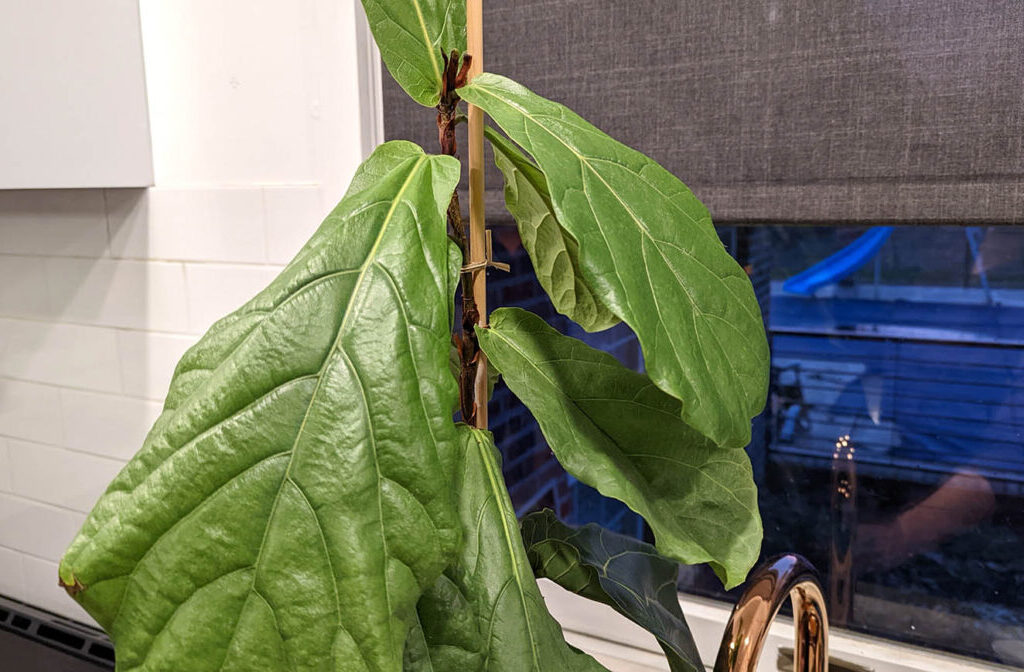
As tropical natives, fiddle leaf figs dislike cold drafts and heat stress.
Signs:
- Sudden leaf drop after exposure to cold air from open windows, AC vents, or heating units
- Drooping or scorched leaves from heat exposure
Solution:
- Keep plants away from cold drafts, radiators, and air conditioning units.
- Avoid placing them near frequently opened doors or drafty windows.
- Maintain stable temperatures, particularly during winter.
7. Pests and Diseases
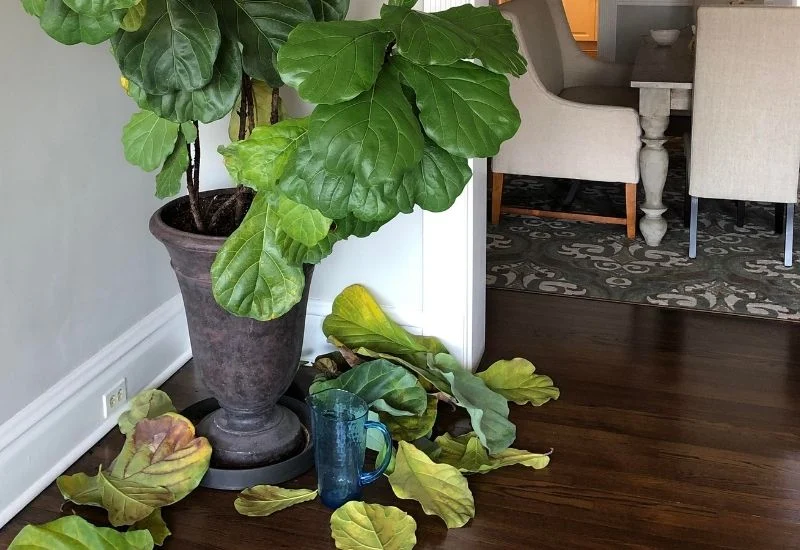
Pests like spider mites, mealybugs, or scale insects can stress your fiddle leaf fig, leading to leaf drop. Diseases such as fungal root rot also contribute to leaf loss.
Signs of Infestation or Disease:
- Sticky residue on leaves
- Tiny webbing or visible bugs
- Brown or black leaf spots
- Leaf discoloration and premature dropping
Solution:
- Wipe leaves with a damp cloth regularly to spot pests early.
- Treat with insecticidal soap or neem oil as needed.
- Improve air circulation and avoid waterlogged soil to prevent fungal diseases.
8. Natural Aging
Occasional loss of lower, older leaves is normal as the plant matures. If only one or two older leaves yellow and drop while the rest remain healthy, there’s typically no cause for concern.
Solution:
- Remove yellowing leaves by snipping them at the base with clean shears.
- Focus on overall plant health and new growth.
How to Prevent Leaf Drop in Fiddle Leaf Figs
To keep your fiddle leaf fig happy and minimize leaf loss:
- Provide bright, indirect light.
- Maintain consistent watering habits.
- Avoid drafts and sudden environmental changes.
- Use a well-draining potting mix.
- Keep indoor temperatures stable (65°F–80°F).
- Increase humidity if needed.
- Inspect regularly for pests.
- Wipe leaves clean to help with photosynthesis and pest detection.
Can Dropped Leaves Grow Back?
Unfortunately, once a fiddle leaf fig drops a leaf, it won’t regrow from the same spot. New growth typically emerges from the top or along the stems if properly pruned.
To Encourage New Growth:
- Ensure optimal care conditions.
- Prune leggy branches to promote bushier growth.
- Fertilize during the growing season (spring and summer) with a balanced, diluted houseplant fertilizer.
Conclusion
Fiddle leaf fig leaf drop is often a signal of environmental stress, improper care, or natural aging. The most common culprits include overwatering, underwatering, low light, sudden changes, temperature stress, pests, and inconsistent care. Fortunately, most causes are preventable and treatable with prompt action and attentive plant care.
By understanding your fiddle leaf fig’s natural needs and cultivating a stable, nurturing environment, you can prevent unnecessary leaf loss and enjoy a tall, lush, and healthy houseplant for years to come. With a little knowledge and patience, even beginners can successfully grow and maintain this stylish indoor favorite.
So, the next time your fiddle leaf fig drops a leaf, don’t panic — check for the likely cause, make the necessary adjustments, and give your plant the consistent, loving care it craves.
